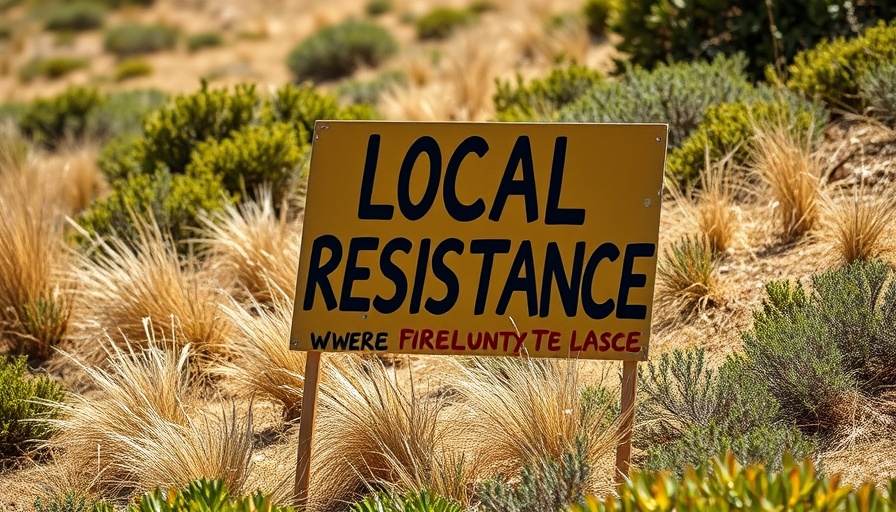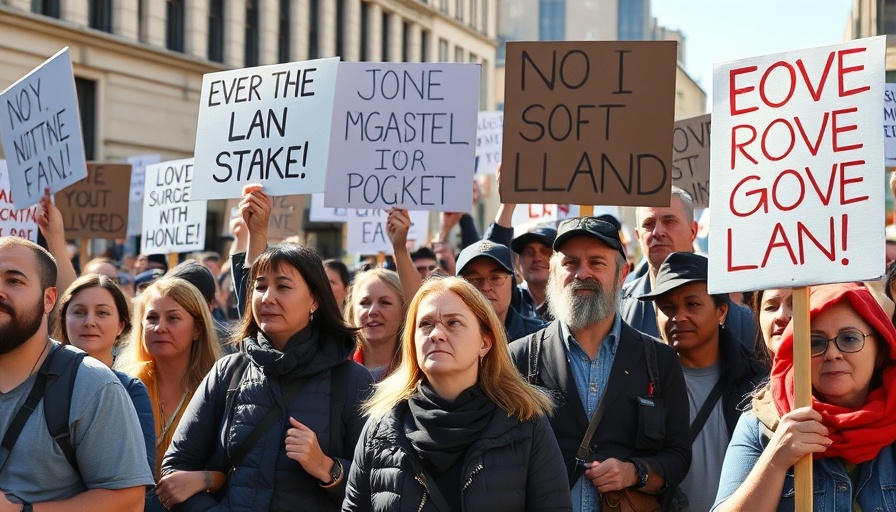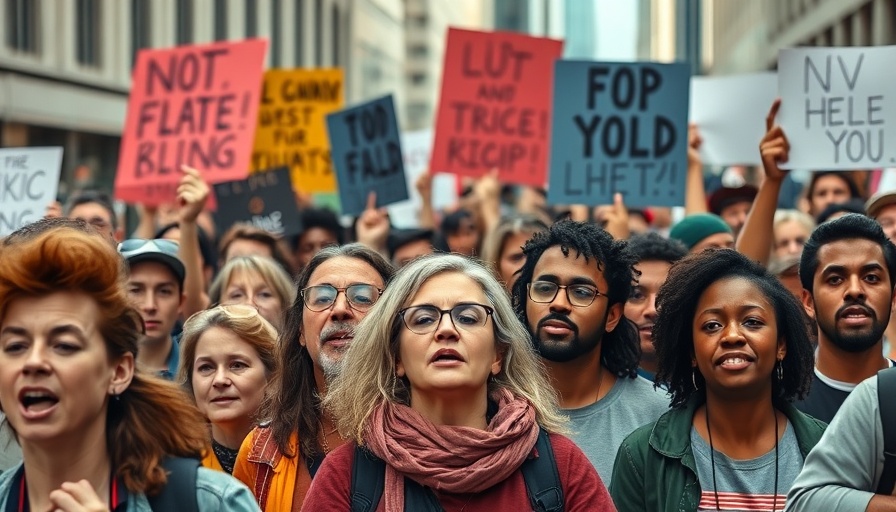
Controversial Expansion: The Argyle's Impact on Alamo Heights
As the Alamo Heights City Council prepares to vote on a special use permit for The Argyle, a private event space, tensions have escalated within the community. This proposed expansion, which would allow the club to accommodate more than 1,200 people for events, has prompted significant opposition from residents who fear it will disrupt the character of their affluent neighborhood.
The Ethics Quandary: Council Members and Conflict of Interest
Residents, concerned about a conflict of interest, have called for city council members who are members of The Argyle to recuse themselves from the vote. The Neighborhood Preservation League’s attorney, Fred Junkin, has raised questions about the potential ethical implications of elected officials participating in a decision that directly benefits a club to which they belong.
The council members in question—Mayor Al Honigblum, Blake Bonner, and Lynda Billa Burke—have defended their ability to vote, citing state law as guidance. City Attorney Frank Garza argued that the city's ethics code lacks a clear definition of a personal interest that would require recusal, suggesting that if such recusal were enforced, it could hinder council members from voting on multiple city contracts involving businesses they might patronize.
Community Concerns: Voices Against Expansion
Opponents of the expansion voice fears that increasing The Argyle's capacity could lead to traffic congestion, noise issues, and a loss of the community’s peaceful atmosphere. Yard signs expressing opposition have appeared throughout Alamo Heights, a city known for its upscale residences and quiet lifestyle. The impact of a venue hosting larger events—including weddings, corporate events, and outdoor gatherings—worries many residents who cherish the tranquility of their environment.
A Historical Context: Understanding The Argyle's Roots
The Argyle, originally a horse ranch in the 1850s, has transformed over the years, reflecting broader societal changes. Operated as a club since the 20th century, it has attracted a high-profile membership that includes influential community leaders. As a cultural and social hub, expansion plans initiated in 2021 are seen by club supporters as a necessary step to modernize and enhance the space available for events. However, critics argue that the historical continuity of the neighborhood should be prioritized over the club's growth ambitions.
Potential Outcomes: What Prospective Changes Could Mean
Should the council approve the expansion, The Argyle would significantly change the landscape of community gatherings. The planned maximum of 52 larger private events, along with smaller gatherings throughout the year, could potentially transform the Argyle’s role within the community. This expansion can bring economic benefits, such as increased revenue for local businesses. However, the essence of residential peace and the unique character of Alamo Heights may be at stake.
The Intersection of Community and Business: Finding Common Ground
The debate surrounding The Argyle encapsulates a larger issue faced by affluent communities—balancing growth and preservation. As cities like San Antonio expand and develop, striking this balance will require deliberation, open dialogue, and comprehensive planning that honors both community voices and business aspirations.
With the city council meeting set for August 11, all eyes will be on how this contentious issue unfolds. Will the opposition succeed in garnering enough support to influence council members to act in the best interest of the community, or will The Argyle’s ambitions be realized, changing the fabric of Alamo Heights forever?
 Add Row
Add Row  Add
Add 




Write A Comment